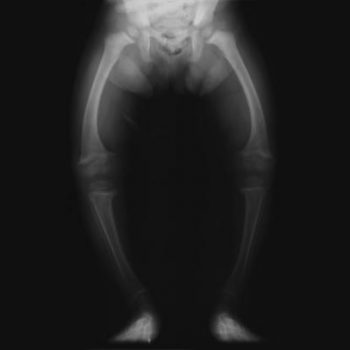
Rickets & bone health

Chronic non-infectious diseases
Prof. Holick suggests that Vitamin D deficiency not only causes rickets among children but also precipitates and exacerbates osteoporosis among adults and causes the painful bone disease osteomalacia. The bigger picture, in fact, is that vitamin D deficiency has also been associated with increased risks of deadly cancers, cardiovascular disease, multiple sclerosis, rheumatoid arthritis, and type 1 diabetes mellitus, and other chronic diseases. (2) (3)

Heart Health
Optimum levels for Cardiovascular protection the following levels have been suggested. (7)
Vitamin D deficiency not only is more common in Heart Failure compared to non-heart failure controls 25(OH)D <25 nmol/L (28% versus 22%) but also has been shown to be an independent predictor for increased mortality in heart failure patients. In the LURIC Study, a large cohort of subjects referred for coronary angiography found 92% of individuals had suboptimal 25(OH)D levels (<75 nmol/L) and 22% were severely deficient (<25 nmol/L) (8)






























